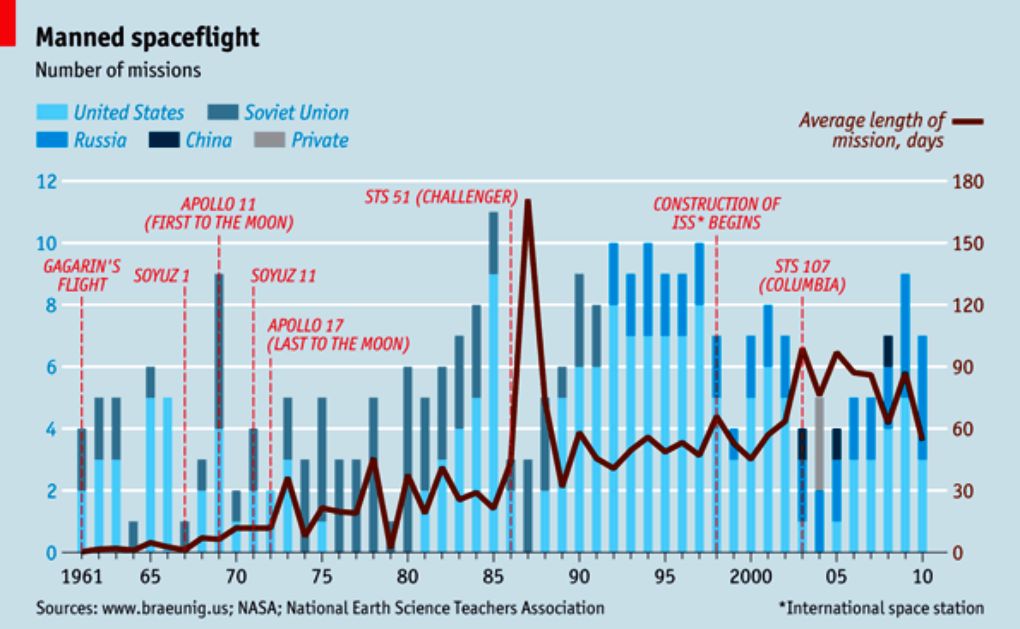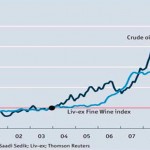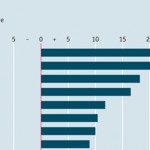50 years of manned spaceflight performance – A brief history
The evolution of human administration and knowledge from the hunter gatherers and band societies of 10,000 years ago to today’s interconnected human society is fascinating. One of the most important steps in modern human society progress was the uptake of the manned spaceflight.
This month, 11 April 2011 marked 50 years since Soviet cosmonaut Yuri Gagarin lit the race to conquer the outer earth space, being the first human being in space. While for many years the incredible journey to dominate the space flights and test the technological advancements and performance of the human society was dominated by Soviet Union (until its disablement) and United States, today manned spaceflight it is no longer a “two horse race” (The Economist, 2011 a).
Other nations such as China or even several privately owned projects have already conquered the space. The Economist online edition marks this important milestone in the human society by picturing in an article dedicated to this historical mark, a brief history of manned spaceflight. The graphic below depicts the missions who along the last 50 years wrote the history of manned spaceflight following the coordinates of two of the most relevant key performance indicators for the field:
- # Missions performed
- # Average length of missions, days
The Economist, 2011
For more details on the subject follow The Economist online edition.
References:- The Economist (2011 a), Reaching for the stars. A brief history of manned spaceflight
- The Economist (2011 b), The space-age future that never happened, Science and Technology, Babbage

Tags: KPI, Spaceflight, Technology, The Economist, Yuri Gagarin






